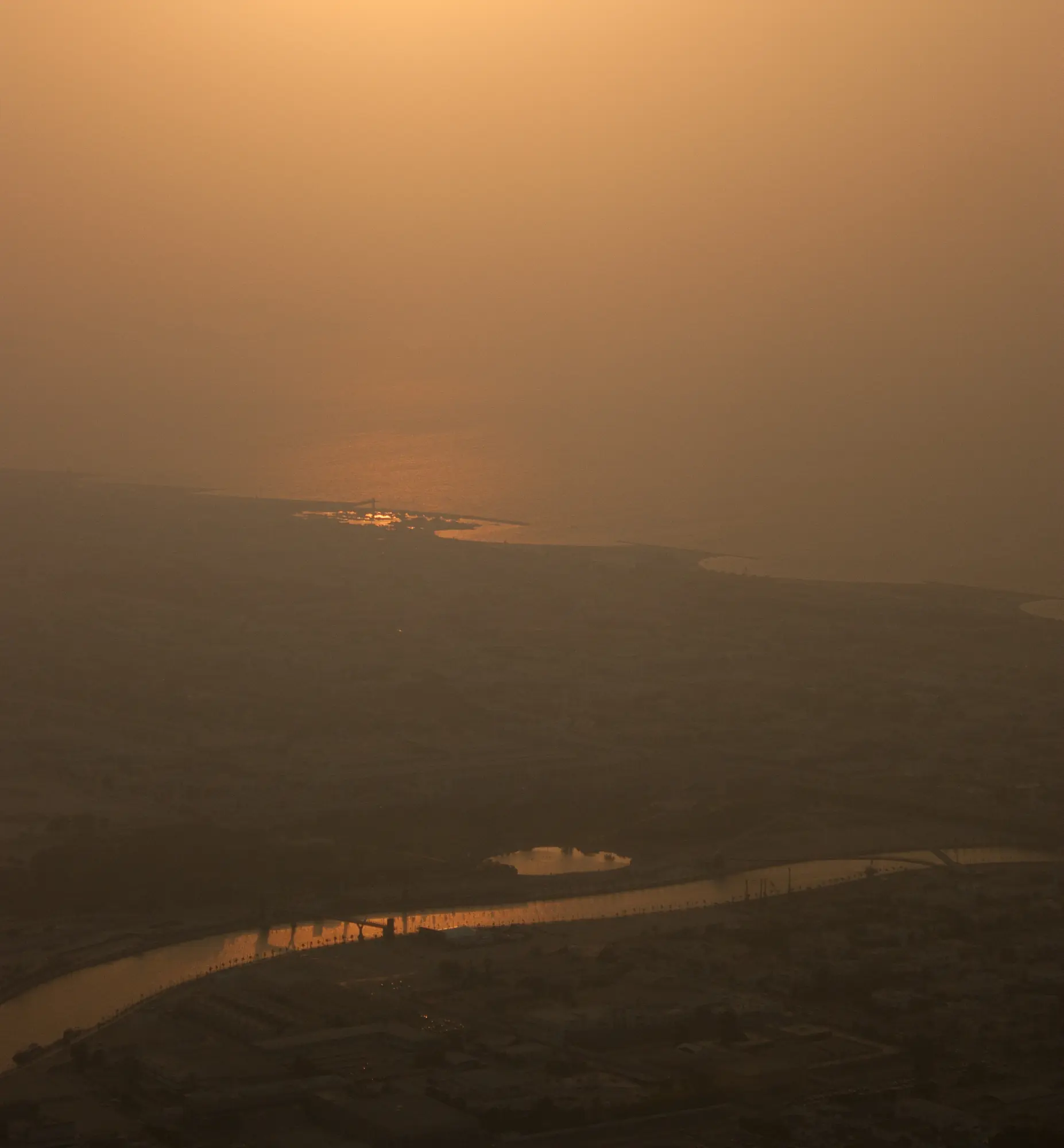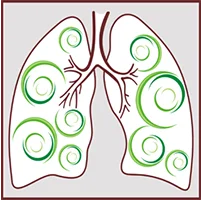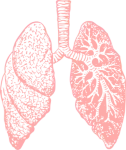A Visible Danger: African dust and the impacts of the heavy metals it carries on our health.
African Dust is a common and unwanted visitor! Beneath its innocent appearance, heavy metals and chemical elements are hidden, transported through the air.
Why is African dust harmful?
The dust traveling from Africa carries heavy metals and elements such as lead, arsenic, manganese, chromium, cadmium, and more. The presence of these hazardous substances in the transported dust is primarily attributed to anthropogenic pollution in African deserts, including vehicular movement, waste disposal, burning of refuse, and historically, the war in Libya.
The Invisible Threat
The particles of African dust that reach Greece are the smallest and lightest, as the heavier ones settle along the way.
The smaller the size of a particle, the easier it binds with other harmful molecules originating from vehicle emissions in a city, making them more harmful.
Moreover, the smaller the size of a suspended particle (e.g., <10μm), the easier it enters the lungs, thus becoming more irritating and harmful.

Protecting our health is of paramount importance during periods when African dust visits us!
Therefore, avoiding unnecessary car travel can be a sensible precaution, as vehicle emissions can enhance the toxicity and irritability of the dust. This will reduce exposure to these hazardous particles and help maintain your health and that of those around you.
What can African dust cause?
The Invisible Threat
Dust can exacerbate respiratory or cardiovascular diseases that patients suffer from. For example, those suffering from asthma (children or adults) or Chronic Obstructive Pulmonary Disease (COPD) often worsen on these days, as the dust is particularly irritating to their lungs.
Consider that these two diseases affect 15-18% of the population, meaning that about 1 in 5 people may experience health deterioration SOLELY from respiratory issues on these days. The elderly, patients with other diseases (e.g., cardiovascular), those with moderate or severe conditions, and of course, those not properly taking their medication are more sensitive.
It’s no coincidence that on days when there is African dust, deaths and hospital admissions increase. Doctor visits also increase. This phenomenon is more pronounced in Athens due to pollution but also in Crete due to its closer proximity to Africa.
Consider that in 2006 at the Phoinokalia station in northern Crete, up to 2500 μg/m³ of dust was recorded during the largest episode, when the limit is 50 μg/m³!
What are the symptoms someone might experience?
Dangerous Health Symptoms
Shortness of breath, cough, chest tightness, wheezing, and precordial pain that do not improve with the “emergency relief” treatment provided to each patient according to their condition.
Dust can cause shortness of breath, cough, chest tightness, and precordial pain, and vulnerable groups such as the elderly or those with heart problems face an even greater risk.
This problem is particularly intense in areas such as Athens and Crete and often leads to an increased number of hospital admissions and visits to doctors. Protection from the effects of African Dust requires careful monitoring and preventive measures to ensure the health of citizens.
What would you advise patients?
The Invisible Threat
For patients experiencing symptoms due to exposure to African Dust, here are some recommendations:
Avoid unnecessary outdoor activities and especially exercise on these days if you:
- Suffer from respiratory diseases, especially asthma and COPD.
- Have cardiac problems.
- Are elderly.

Staying in air-conditioned spaces and avoiding unnecessary travel.
To remain in air-conditioned spaces where the air conditioning systems have been properly maintained. Avoid unnecessary travel by car since vehicle emissions contribute to making the African dust more toxic and irritating, while exposure to these emissions increases.
Continuing with medication as prescribed.
They should continue taking their medication as prescribed (those suffering from cardiorespiratory conditions).
Continuous communication with the pulmonologist is essential.
They should immediately inform their pulmonologist or cardiologist if they experience symptoms such as shortness of breath, cough, chest tightness, or chest pain.


